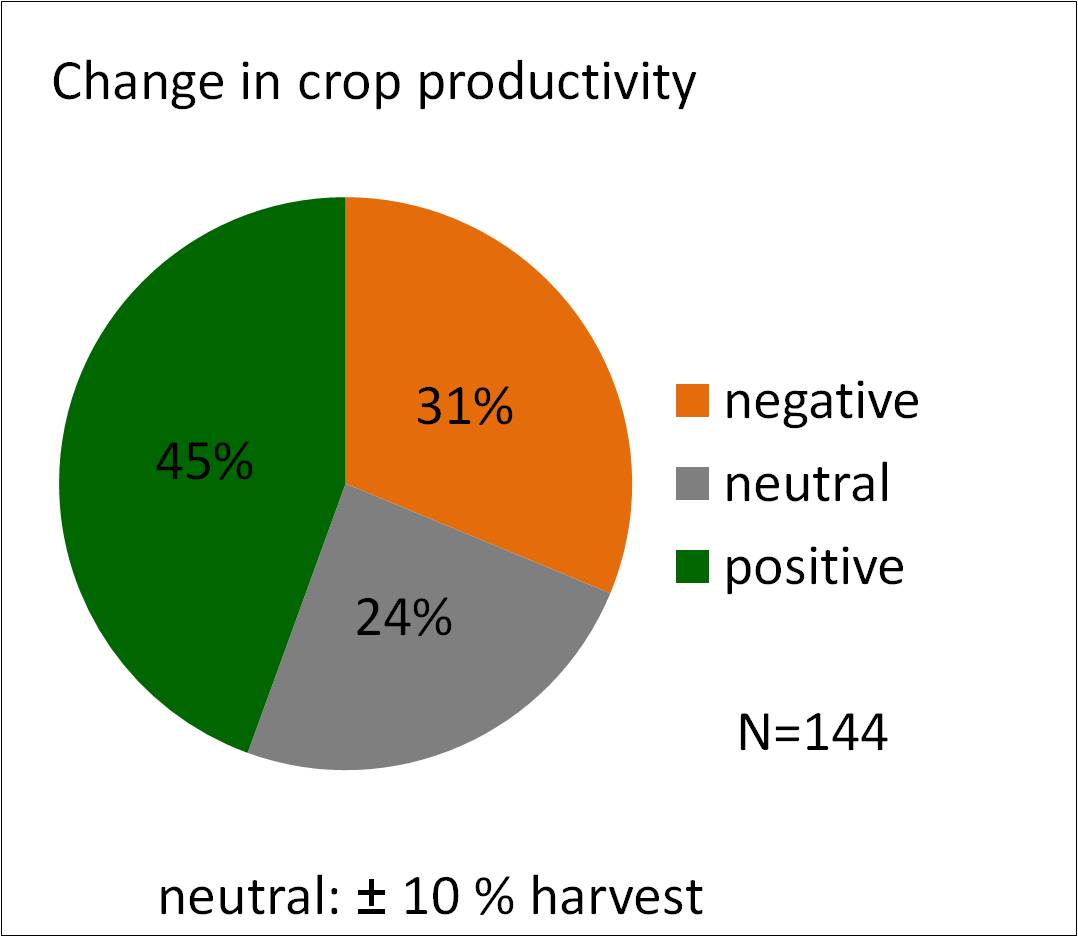Swiss Biochar Gardening Experiment - 2011

Ithaka Journal worked with home gardeners from across Switzerland to conduct a 2 year home garden test plot study. In the study, home gardeners aged the biochar in their own compost, and applied the biochar on a 1 Meter square test plot, then compared the results with an identically planted 1 Meter square control.
The results were mixed, and there were a lot of reasons given by the authors for this. The biggest variable that they isolated in the study was the compost. Apparently the quality of the compost varied quite a bit, and could easily have accounted for a lot of the mixed results.
Additionally, the biochar amended compost was mixed into the top few inches of the planting beds. Some crops are fairly shallow rooted, and that get good benefits from this type of amendment, but most plants will do better if the biochar is blended with good compost and soil and applied to the whole root zone. We've seen better results when the planting holes are amended.
the Methodology in full:
All test plots had the same size. Part of each plot was treated
with organically activated biochar, while the control area was
treated only with the organic activation substrate.1 kg of biochar
was prepared for each test square metre. The biochar
was supposed to be activated before being applied through
mixing it in a 1:1 ratio with compost or manure and being
kept damp for two weeks. The control area was also covered
with the same amount of compost or manure as had been
mixed with the biochar. On both test areas the same amount
of plants was sown. The harvest was weighed, with – wherever
possible – the weight of the unused green biomass (for
example the leaves of tomato plants) also being ascertained.
Qualitative characteristics such as the taste of the harvested
vegetables, their shelf-life and plant health were also to be assessed
using a scale ranging from 1 to 10.
The results were mixed, and there were a lot of reasons given by the authors for this. The biggest variable that they isolated in the study was the compost. Apparently the quality of the compost varied quite a bit, and could easily have accounted for a lot of the mixed results.
Additionally, the biochar amended compost was mixed into the top few inches of the planting beds. Some crops are fairly shallow rooted, and that get good benefits from this type of amendment, but most plants will do better if the biochar is blended with good compost and soil and applied to the whole root zone. We've seen better results when the planting holes are amended. latest Nike release | Men’s shoes
